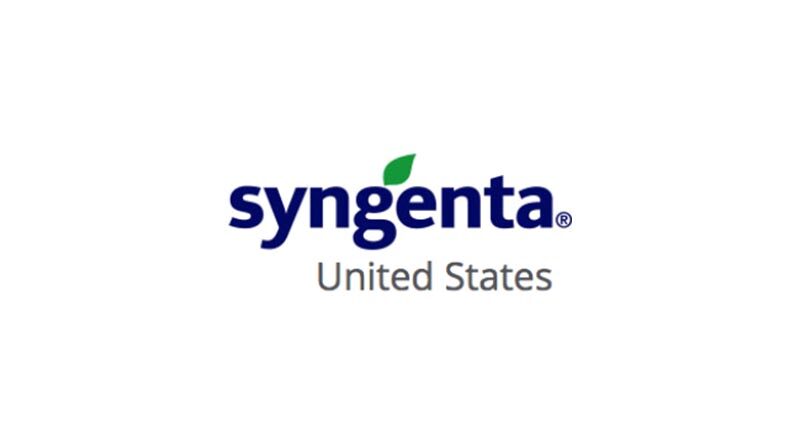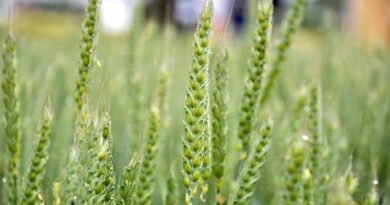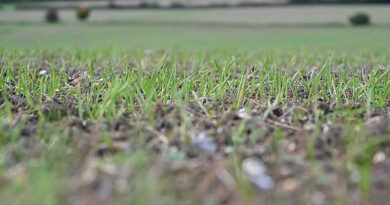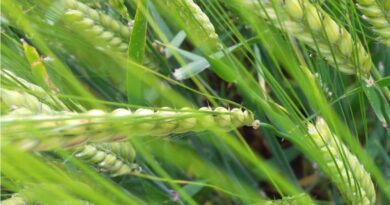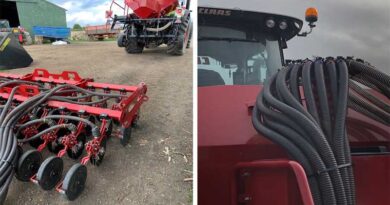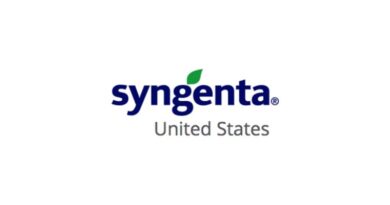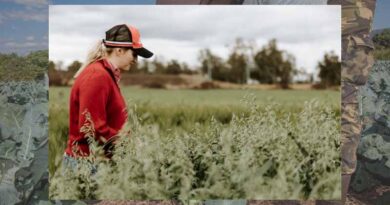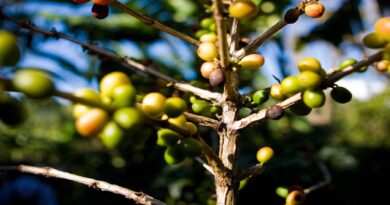The best wheat varieties for your preferred drilling window
11 May 2021, UK: Delayed drilling is widely adopted as a cultural management method for a range of pests, weeds and diseases. However, planting winter wheat in the first half of September remains a viable option on some farms which comes with various benefits – for example, taking advantage of mild and drier conditions to establish crops, maximising yield potential and helping spread harvest dates. Regardless of your approach, it is important to consider variety suitability for different drilling timings. Syngenta assess varieties for drill date flexibility and there are key characteristics which are evaluated to determine suitability for different drilling slots.
Growth Habits

If delayed drilling is adopted, we are looking for quicker development both above and below ground which is where a variety like SY INSITOR fits well. VIBRANCE Duo seed treatment can also increase speed of establishment and rooting. GLEAM also has a very high tillering capacity and retention rate which allows it to produce high yields in most scenarios. Excellent disease profiles are critical for early drilling, particularly for primary foliar diseases, Septoria tritici and Yellow rust. GRAHAM has an attractive combination of untreated yield and robust disease resistance helping protect consistently high yields when drilled early. Yield performance, grain quality and maturity are also key considerations. GRAHAM has been proven on farm to perform well in the early drilled slot, whereas SY INSITOR has shone from mid-September onwards both on farm and in AHDB Recommended List trials. GLEAM has demonstrated flexibility and has demonstrated excellent yield potential from early September, through to mid-February.

